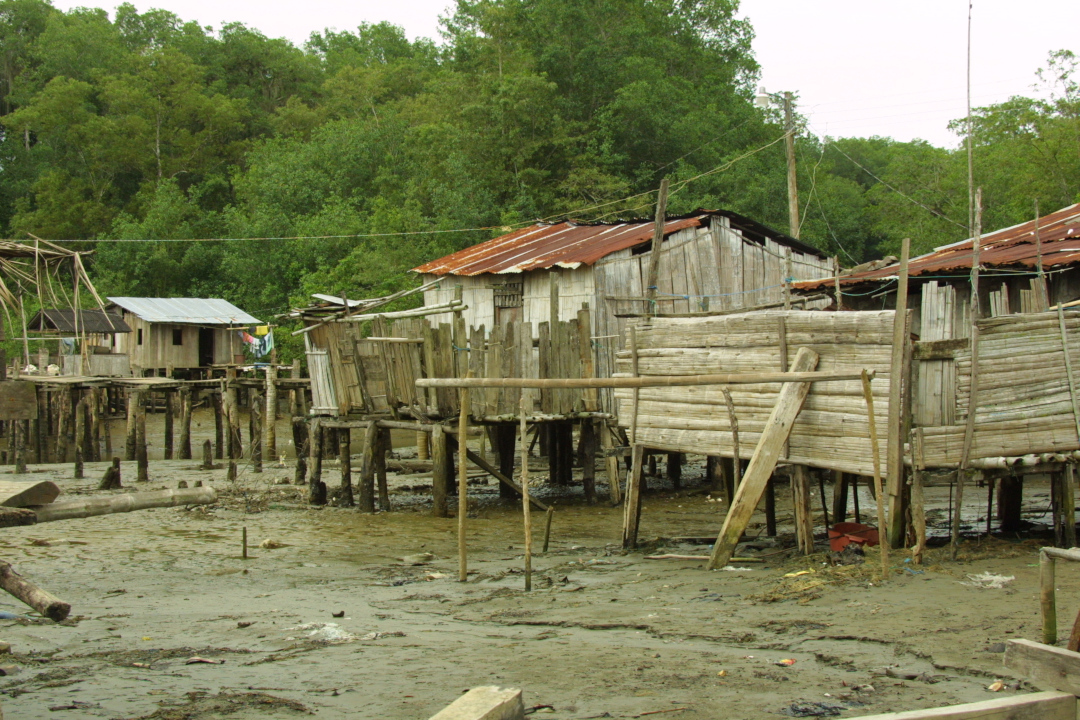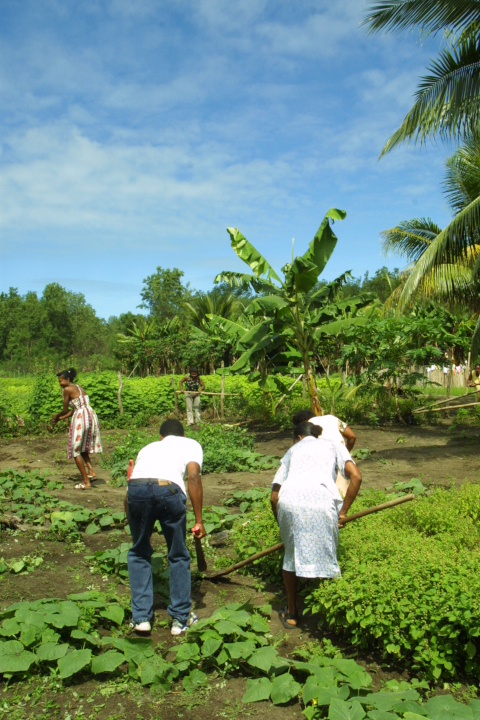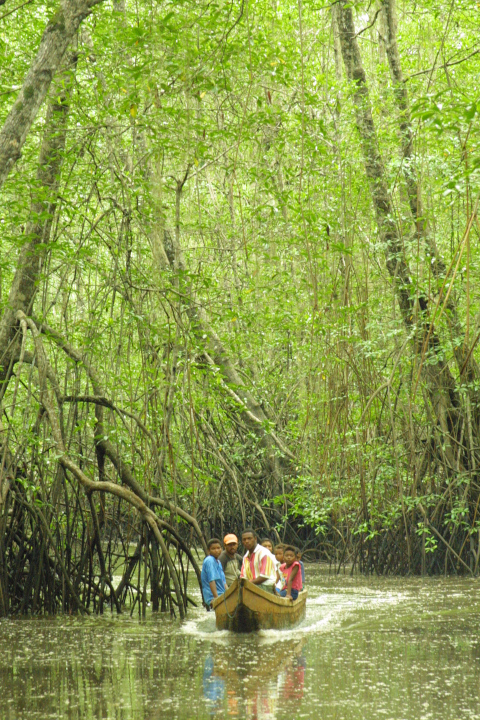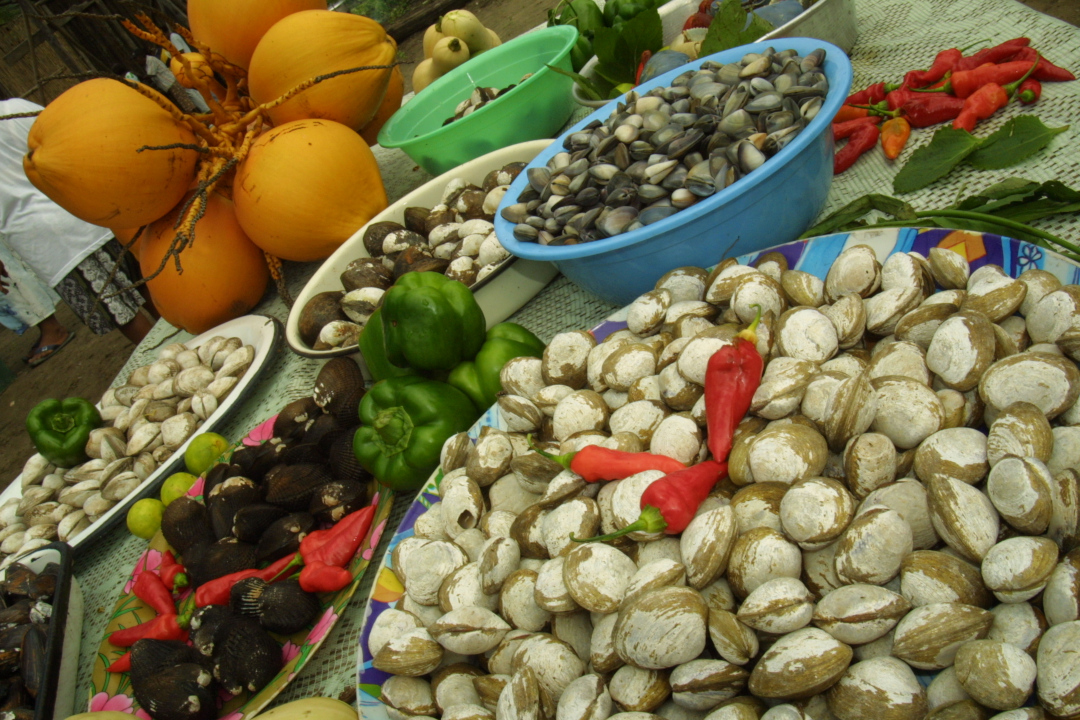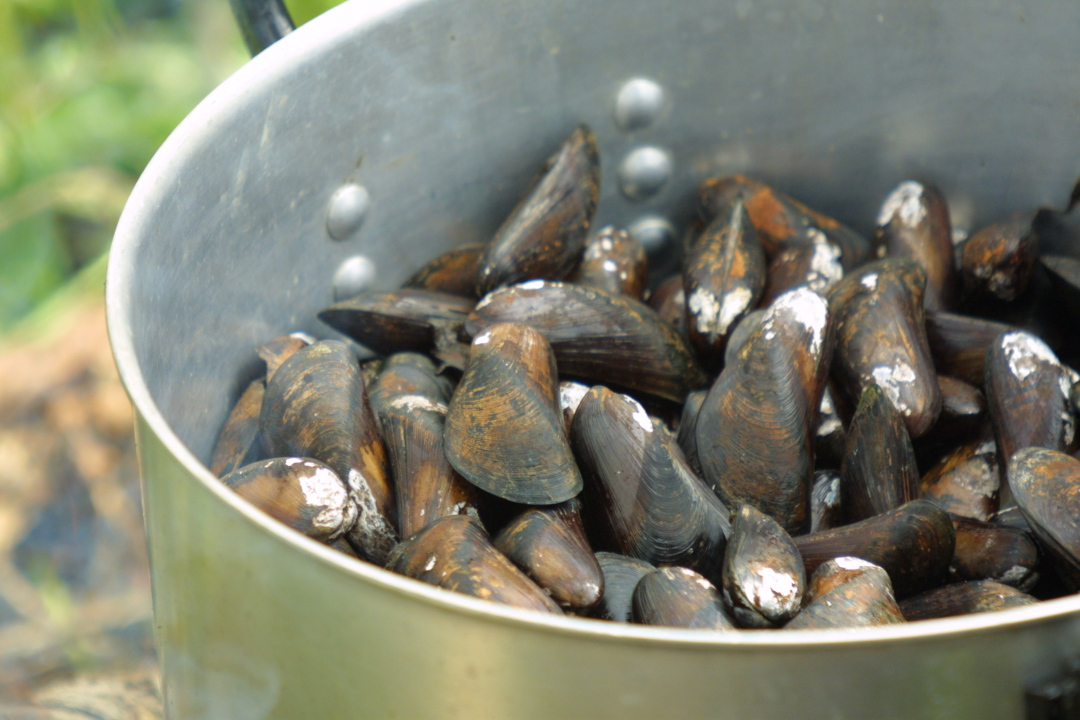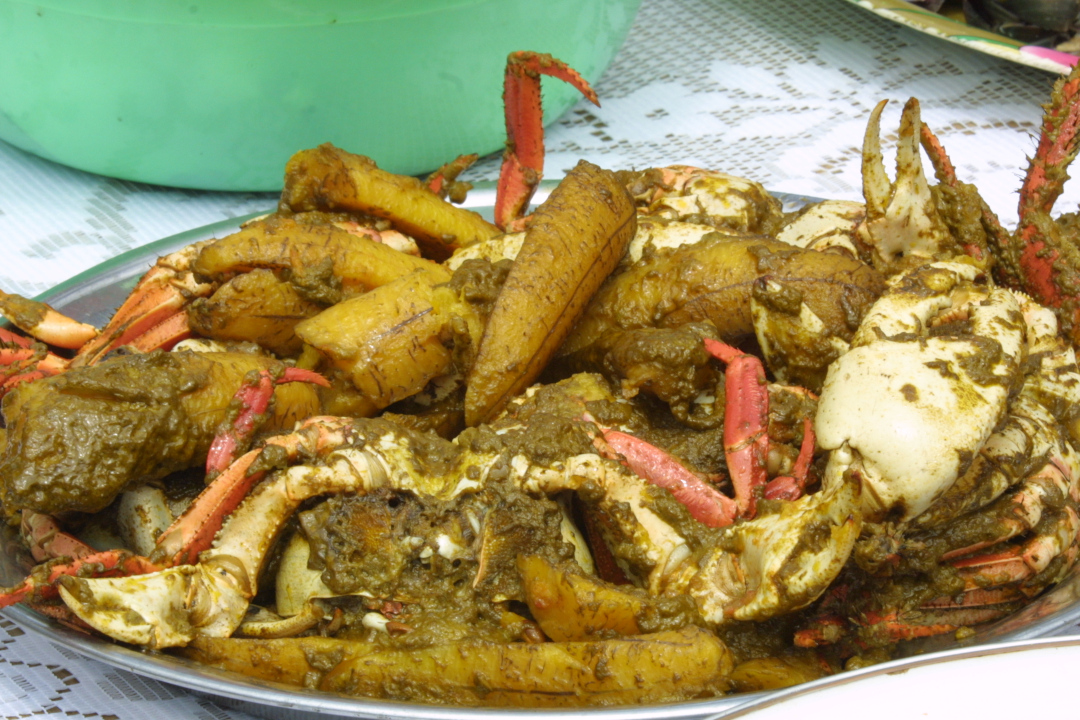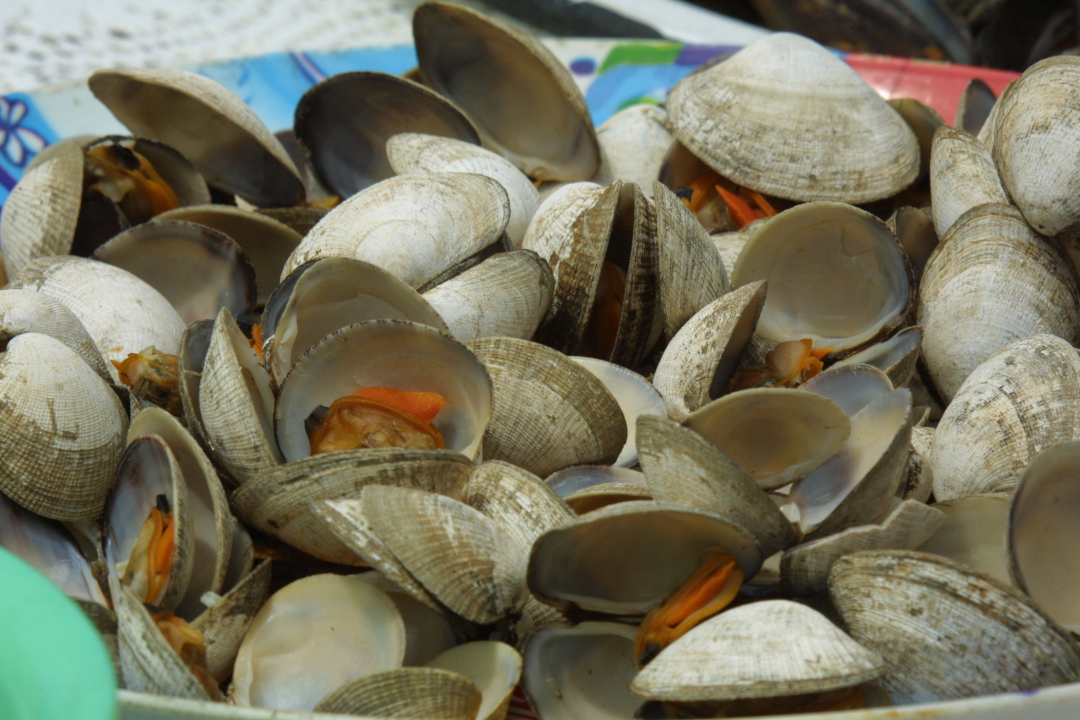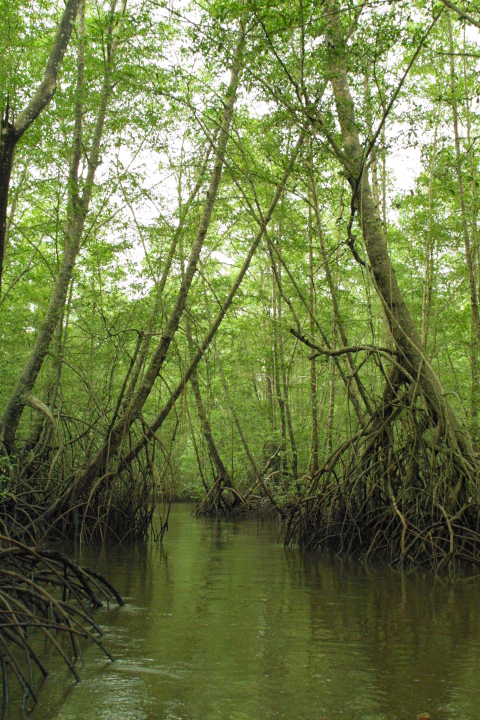Esmeraldas-Ecuador, Majagual Reserve
-
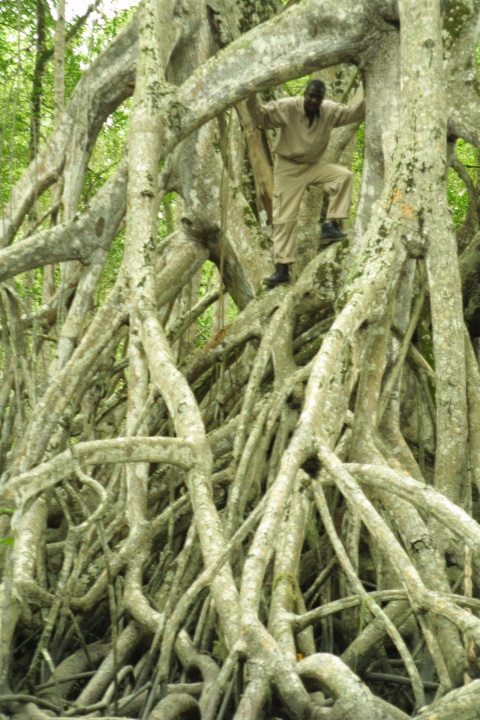
Massive Red Mangrove roots dwarf the men (and women) who live and work within this unspoiled area of the Province of the Esmeraldas.
-
A village located within the mangroves, inhabited by Afro-Ecuadorians. Brought to the shores of the Esmeraldas by slave ships, they have made this area of Ecuador their home. Hardworking and industrious, they live in harmony with their surroundings by taking only what they need to exist
-
Their houses built on stilts in the tidal flats, the villagers wisely use the fertile uplands for the farming of vegetables.
-
Villagers living within the Esmeraldas travel by hand-hewn fishing boats, negotiating the twisting waterways - rich with marine life.
-
The women pictured here search for clams, mussels and oysters, which provide food for the village.
-
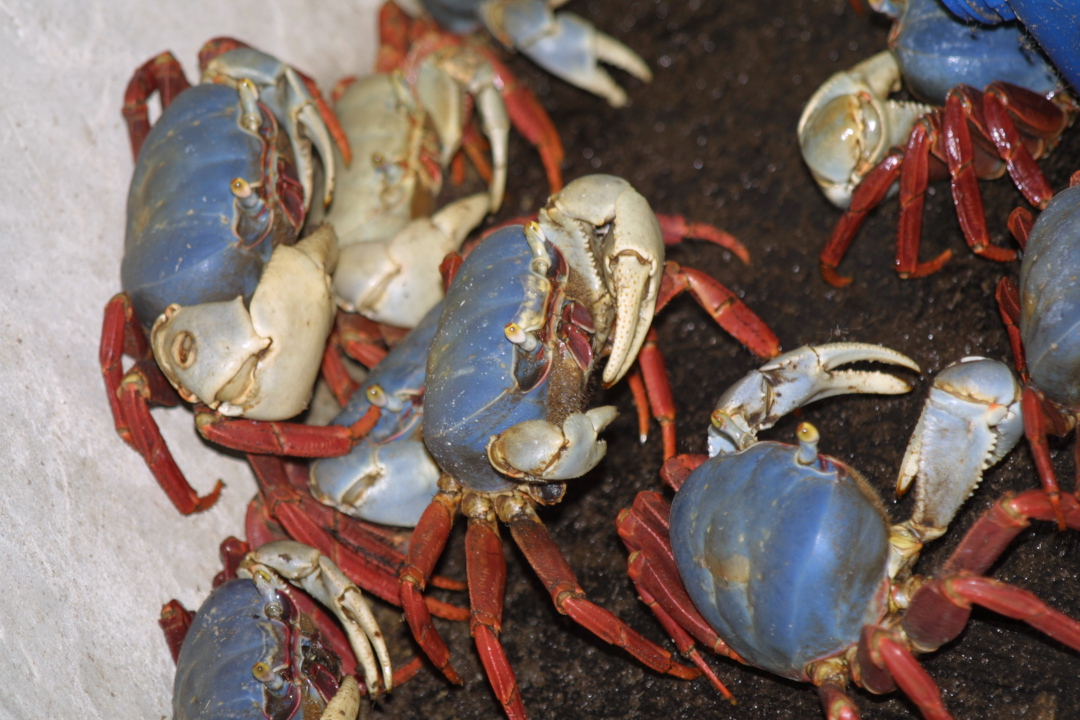
Within the estuary marine life flourishes. These harvested crabs represent one of the many species found amongst the mangrove roots and the tidal wetlands of this eco-system.
-
The mangrove wetlands and tidal waterways have produced a bounty of marine delicacies -- shrimp, crabs, clams, oysters, mussels, snails and fish.
-
The mangrove wetlands and tidal waterways have produced a bounty of marine delicacies -- shrimp, crabs, clams, oysters, mussels, snails and fish.
-
The mangrove wetlands and tidal waterways have produced a bounty of marine delicacies -- shrimp, crabs, clams, oysters, mussels, snails and fish.
-
The mangrove wetlands and tidal waterways have produced a bounty of marine delicacies -- shrimp, crabs, clams, oysters, mussels, snails and fish.
-
The mangrove wetlands and tidal waterways have produced a bounty of marine delicacies -- shrimp, crabs, clams, oysters, mussels, snails and fish.
-
The waterways are quiet - the boats have returned to the village. Like silent sentinels, the mangroves undisturbed are majestic guardians - cathedral-like in their stature, they continue to provide a nursery and protective habitat for near-shore marine life. There is a valuable lesson to be learned here, taught by a little known group of people, from a third world country - the mangrove fringe and wetlands must be respected - and - protected, for it is in these mud flats, waterways and tidal lagoons that life begins - that life is sustained.
